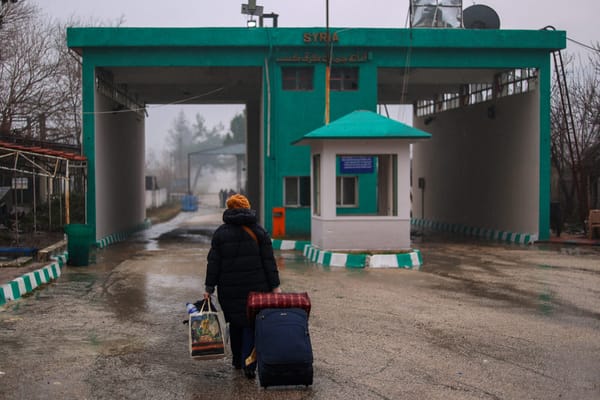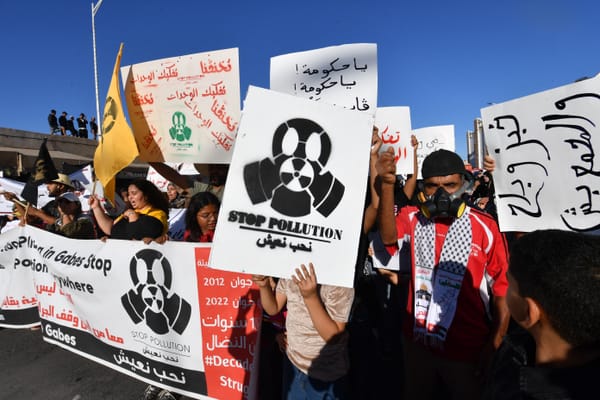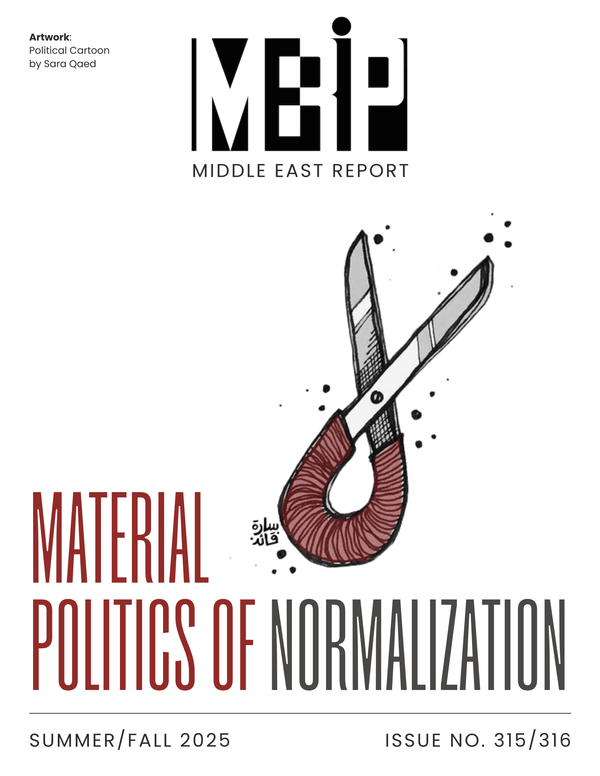Lackner, Why Yemen Matters
Helen Lackner, ed., Why Yemen Matters (London: Saqi, 2014). The essays in Why Yemen Matters, though written prior to the stunning takeover of much of the country by Ansar Allah, otherwise known as the Houthis, provide an excellent primer on the political and economic crises that underlie those stil









